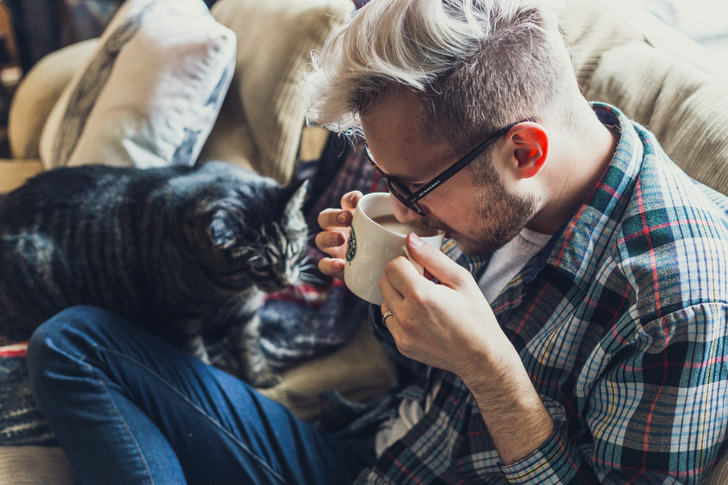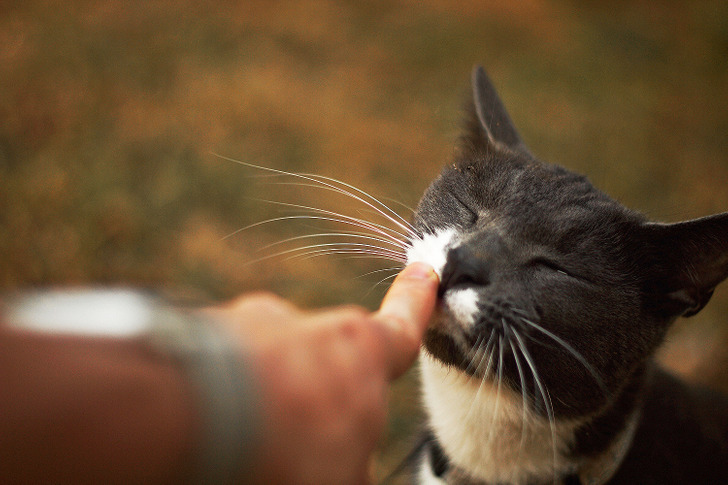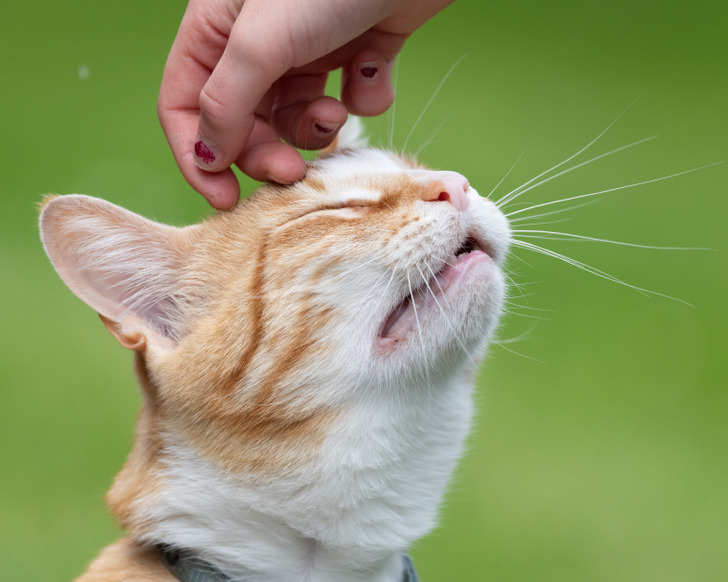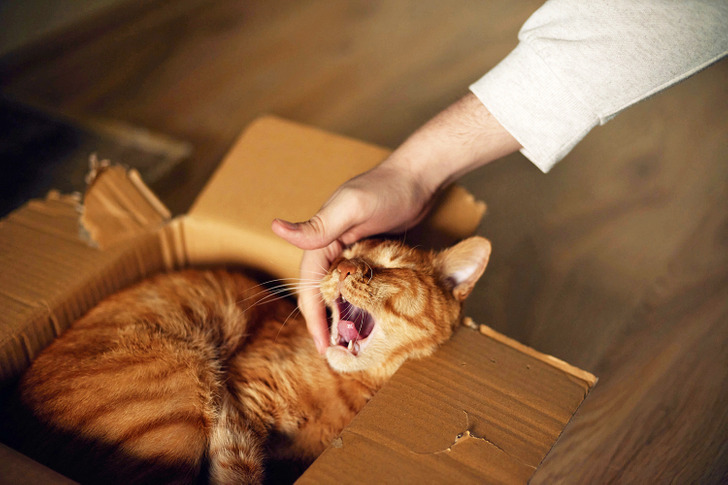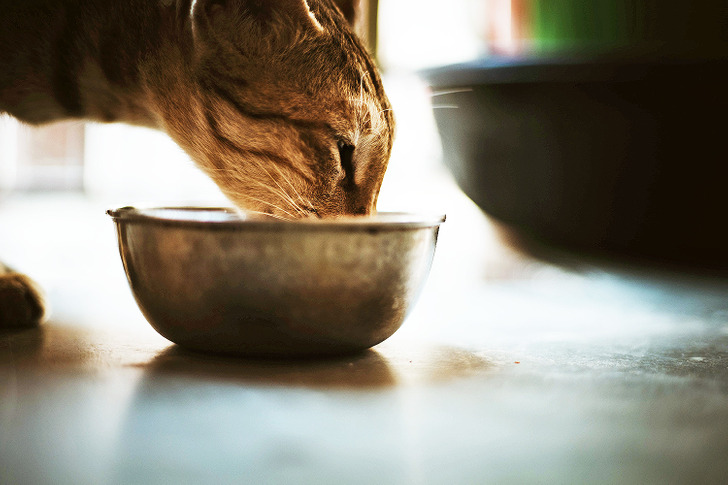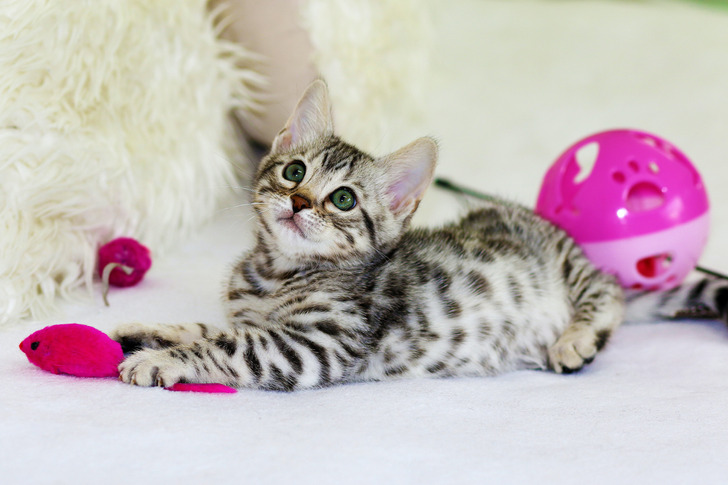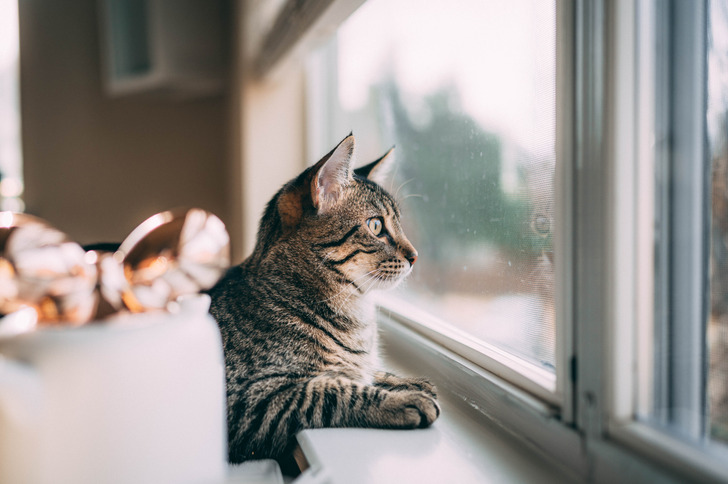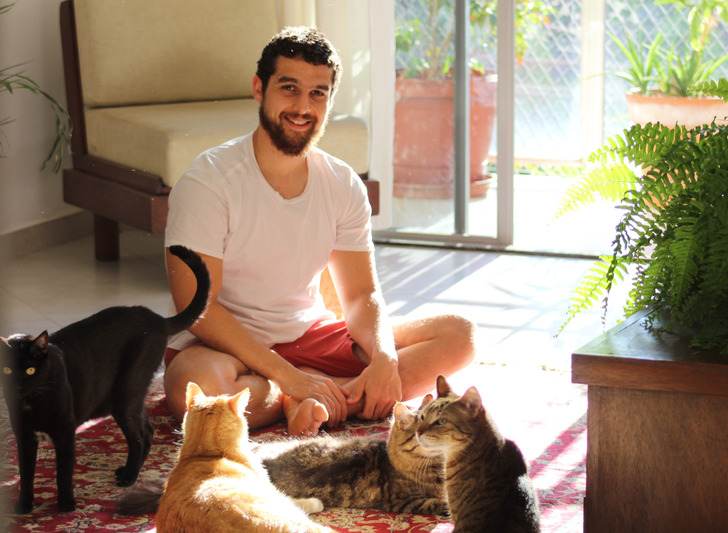How to Make Cats Like You: 8 Scientifically Proven Ways
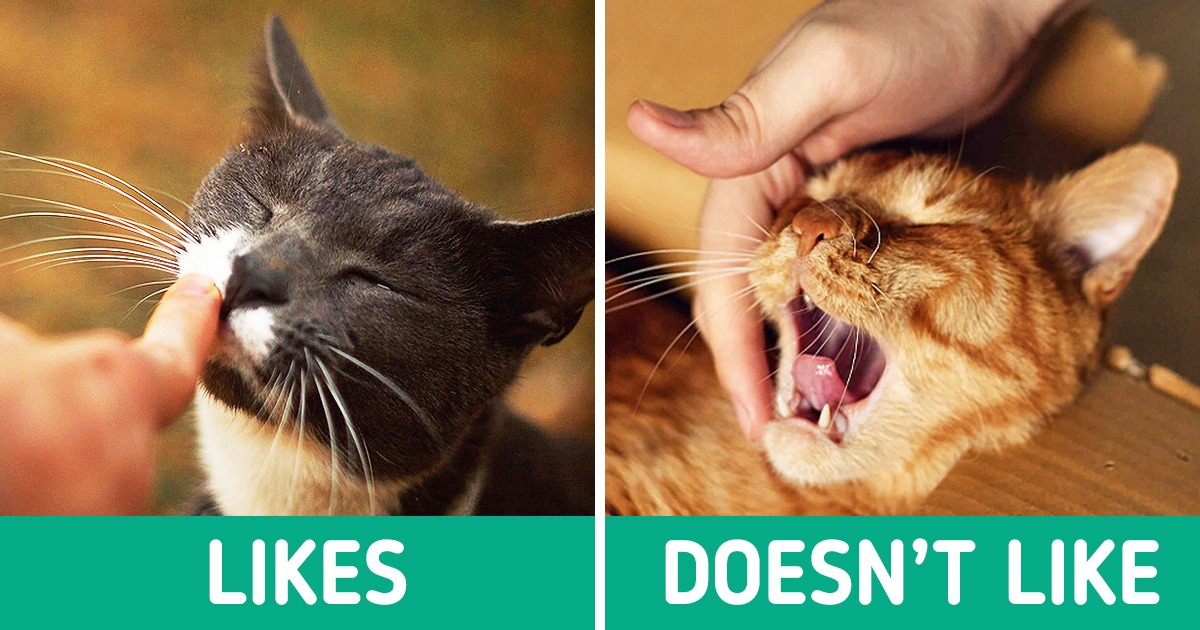
Sometimes attempting to make a cat like you might cause the reverse reaction in your pet. Getting along with a cat might seem like an uphill task, however, as it turns out there are proven ways how to do it.
5-Minute Crafts wants to tell you about 8 scientifically proven ways to make cats like you.
1. Let the cat make the first move.
A team of scientists from Switzerland had been observing the relationship between cats and people in 158 families for 3 days. They recorded which of the partners (cat or human) initiated the interaction, the partner’s response, the duration of each interaction, and the total time of this type of contact. The researchers found that the contact was more positive and lasted longer if it was initiated by the cat and if it was the cat who decided when the interaction would end.
2. Use cats’ greetings.
3. Pet the cat in the spots where they like to be petted.
A small study showed that cats prefer to be petted in certain places. They reacted positively to caresses in the temporal region (between the eyes and ears) and negatively to attempts in the tail area, but didn’t mind scratching on the chin.
Of course, each animal is individual. You can learn what types of petting your cat likes by trying various options.
4. Stop if the cat doesn’t like your petting.
There are many signs you can use to understand that a cat doesn’t like your actions. They can be obvious, like hissing and biting, or more subtle, like flattening their ears, looking at your hand, or twitching their tail. Sometimes we perceive them as part of a game but this is a mistake. When you get one of these signals, it’s time to back off.
5. Don’t overfeed the cat.
Pet owners may mistakenly think that their pets love them because they feed them. However, a Cornell University study of obese cats found the opposite.
During the study, 58 overweight cats were put on a diet. After a month, 2/3 of their owners reported that their cats became more affectionate, purred more often, and were more willing to sit on their owner’s lap. Also, keeping your pet at a normal weight is a great way to help them stay healthy.
6. Play with your cat more often.
It’s unlikely that dog owners are confused about whether they need to walk their pets daily but few of us realize that cats are predators and they need to let their energy out. Playing with a cat is important for the cat’s health. Playing activates your pet’s instincts and helps them mimic natural behavior in the wild.
7. Keep the cat inside.
A study conducted in Italy showed that cats who stayed indoors most of the time were more “synchronized” with their owners than cats who could freely roam outside. Inside cats were more active during the day, probably because their owners were active at that time, and less active at night — the time when people prefer to sleep.
8. Communicate with your cats.
Scientists from Switzerland found out that kittens who often get on their owners’ laps and in their arms become friendly and trusting toward people and remain so throughout their later lives. In another study, kittens from shelters were divided into 2 groups: the first group was communicated with as usual, while the other group received more attention. Afterward, the kittens were given to new owners. Pet owners whose pets were interacted with more reported higher emotional support from their pets.
